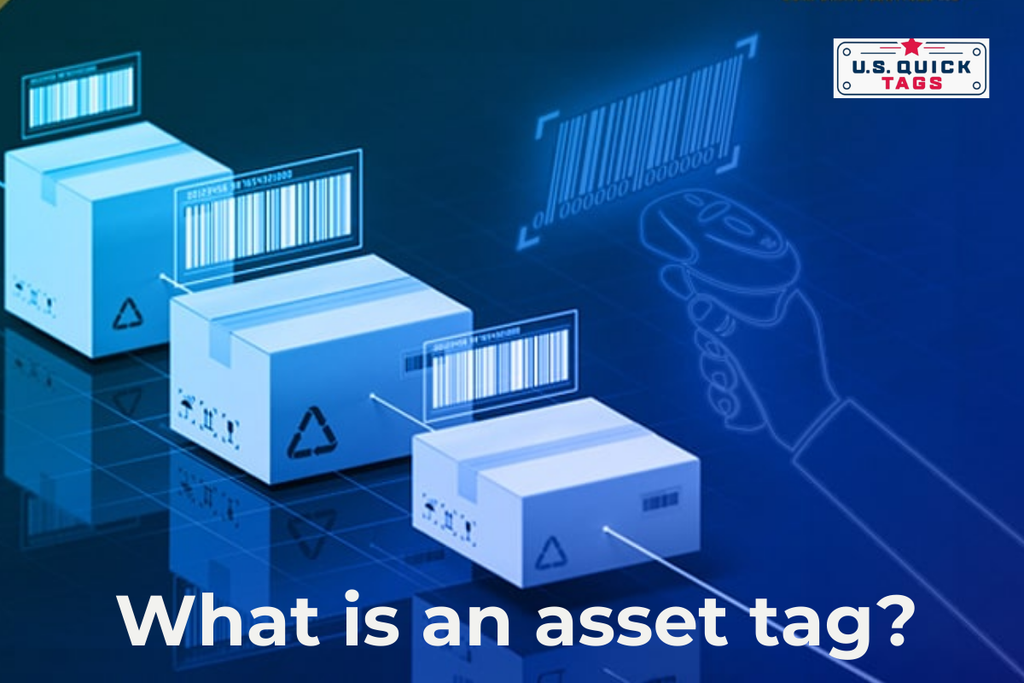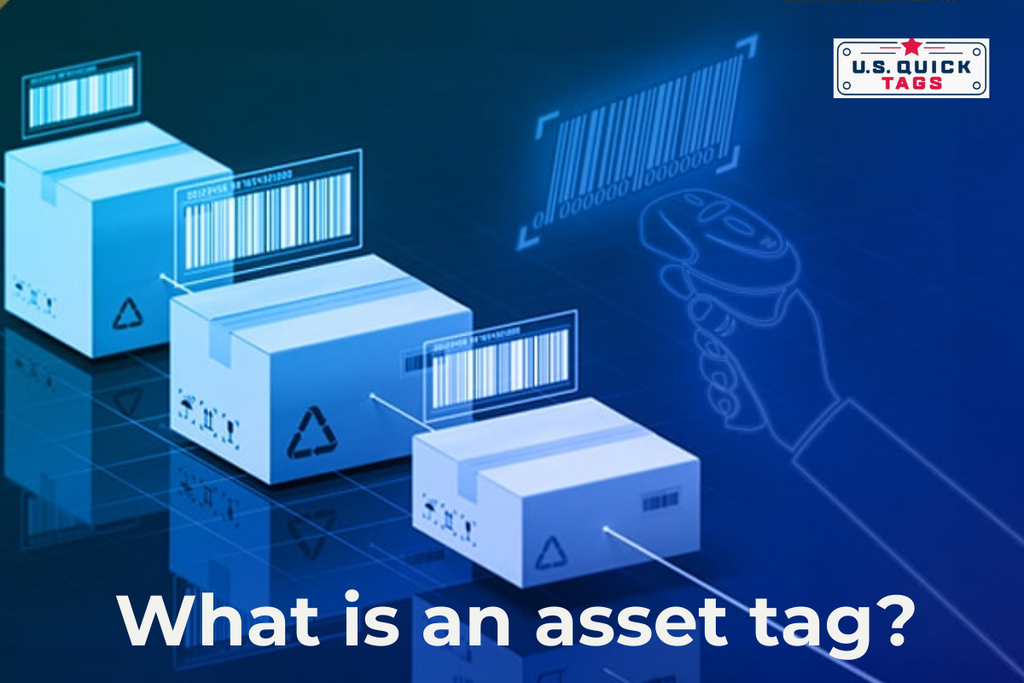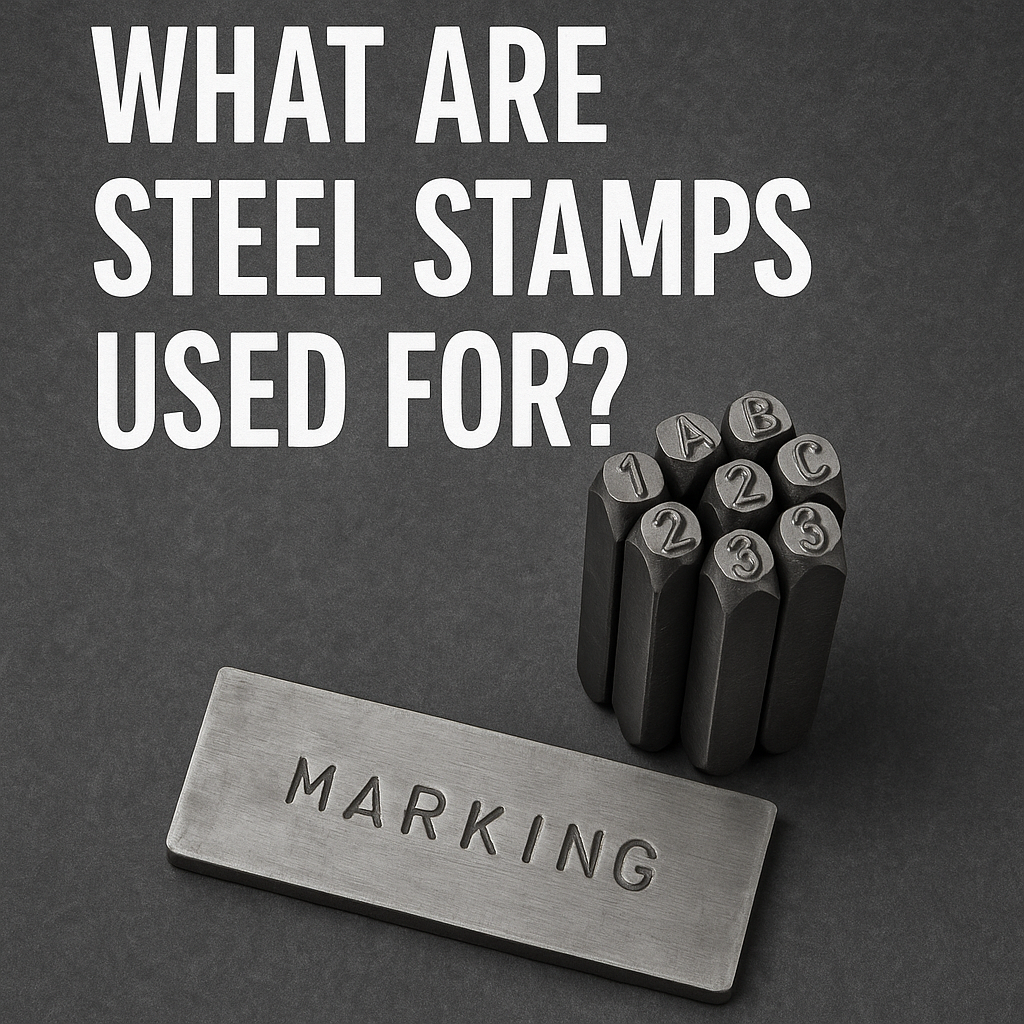What is an Asset Tag and How It Benefits Your Business Operations
- USQuickBlogs
- 19 Aug, 2025
Why Businesses Can’t Afford to Lose Track of Assets
Imagine losing track of thousands of dollars in equipment simply because it wasn’t labeled properly. From laptops in an office to medical devices in a hospital, misplaced or untracked assets can cost businesses significant time and money. That’s where asset management systems come in.
At the heart of every successful system is the asset tag—a small but powerful tool that allows organizations to monitor their equipment, vehicles, and inventory in real time. In this guide, we’ll explore what asset tags are, how they work, and why they’re essential for modern business operations.
What is an Asset Tag?
An asset tag is a unique identifier attached to a physical item that allows it to be tracked. These tags can be as simple as a printed barcode or as advanced as an RFID or NFC chip.
Typical features include:
Unique serial numbers or barcodes for scanning
RFID chips for wireless tracking
Durable materials like metal or high-grade plastic for harsh environments
By scanning an asset tag, businesses can instantly pull up details such as purchase date, service history, or current location. Whether you’re managing IT equipment, machinery, or vehicles, asset tags provide the foundation for accurate tracking.
What is Asset Management?
Asset management is the systematic process of tracking and managing physical assets throughout their lifecycle. It ensures that organizations:
Know exactly where their assets are located
Can plan for maintenance and replacements
Optimize asset usage to reduce costs and downtime
Modern asset management systems combine physical tagging with software to maintain accurate records. Businesses use them to track asset location, condition, and maintenance history—creating a clear picture of how resources are being used.
The Process of Asset Tagging
Asset tagging involves attaching identifiers to every item that needs monitoring. Here’s how it typically works:
Assign a unique identifier to each asset
Attach a barcode, RFID, or label to the item
Record details in an asset tracking system
Update records whenever the asset is moved, serviced, or retired
Both movable assets (like laptops, tools, or vehicles) and fixed assets (like buildings or furniture) can be tagged. The result? A complete digital record that simplifies audits, reduces loss, and streamlines asset usage.
Benefits of Asset Tagging for Business Operations
When implemented correctly, asset tagging delivers measurable business improvements:
Operational Efficiency: Reduce downtime by knowing exactly where assets are and when they need servicing.
Financial Savings: Prevent losses from theft or misplacement and avoid unnecessary purchases.
Compliance & Reporting: Simplify audits with accurate, up-to-date records.
Inventory Control: Eliminate overstocking and stockouts by monitoring real-time usage.
Ultimately, asset tagging is more than a tracking method—it’s a productivity and cost-saving strategy.
Asset Tracking Systems: How They Work
An asset tracking system combines tags, scanners, and software to provide a full picture of asset usage. These systems allow businesses to:
Access real-time location data
Generate reports on asset utilization
Integrate with inventory or maintenance systems
They’re widely used in industries like healthcare (for medical equipment), logistics (for fleet tracking), and manufacturing (for machinery monitoring).
Barcode Tags and Labels: A Cost-Effective Option
While advanced technologies like RFID are gaining traction, barcode asset tags remain the most affordable and versatile option.
Easy to print and scan with standard devices
Suitable for almost any asset type
Widely adopted across retail, logistics, and manufacturing
Businesses that need a scalable and low-cost tracking solution often choose barcode tags and labels as their starting point.
Best Practices (and Mistakes to Avoid) in Asset Tagging
Like any system, asset tagging delivers the best results when applied correctly.
Best Practices:
Use durable tags suitable for your environment (metal for machinery, tamper-proof for IT).
Standardize the asset registration process to ensure consistency.
Integrate with existing systems like inventory management and maintenance scheduling.
Provide employee training so staff can properly scan and update records.
Common Mistakes to Avoid:
Using non-unique identifiers leads to confusion.
Neglecting regular audits and updates.
Selecting low-quality tags that fade, peel, or break easily.
Failing to scale the system as your business grows.
By following best practices and avoiding these pitfalls, businesses can maximize the return on their asset management investment.
Choosing the Right Asset Tagging Partner
The right partner can make or break your asset management system. When evaluating providers, consider:
Experience and expertise in your industry
Availability of scalable solutions
Ability to integrate with your existing systems
Ongoing support and training
A trusted partner ensures a smooth implementation and helps your business grow with reliable asset tracking.
Looking for durable, customizable tags? Explore our range of barcode and metal asset tags to find the right solution for your business.
Use Cases of Asset Tagging Across Industries
Asset tagging is not limited to one sector—it adds value across multiple industries:
Healthcare: Monitor medical devices, ensure compliance, and reduce lost equipment.
Manufacturing: Track machinery, schedule preventive maintenance, and manage tools.
Logistics: Prevent cargo theft, optimize fleet usage, and streamline supply chains.
Retail: Improve stock accuracy, prevent shrinkage, and simplify audits.
Each use case demonstrates how asset tagging drives efficiency, security, and savings.
The Future of Asset Tagging
Technology continues to push asset tracking forward:
RFID & NFC: Enable faster, wireless tracking.
GPS-enabled tags: Offer real-time location tracking for high-value assets.
IoT integration: Connect assets to cloud systems for predictive analytics.
Cloud-based platforms: Deliver scalability and mobile access for growing businesses.
Adopting these innovations early can give businesses a competitive edge in efficiency and security.
Conclusion: Why Asset Tagging is a Smart Investment
Asset tagging is more than just labeling—it’s a strategy to control costs, boost efficiency, and protect valuable resources. Whether through barcode labels or advanced RFID systems, implementing asset tagging strengthens business operations.
Now is the time to invest in a solution that keeps your assets visible, secure, and optimized.
Ready to take the next step? Explore our asset tagging solutions and discover how we can help you improve your business operations.
Frequently Asked Questions About Asset Tagging
1. What type of asset tag is best for my business?
The best tag depends on your environment and asset type:
Metal asset tags: Ideal for heavy machinery or outdoor use, as they resist heat, chemicals, and abrasion.
Plastic or polyester tags: Affordable and versatile, good for general office equipment.
Tamper-evident tags: Best for IT equipment or sensitive assets to prevent unauthorized removal.
RFID tags: Great for fast, wireless scanning in warehouses or healthcare facilities.
2. How much do asset tags cost?
Costs vary depending on material and technology:
Basic barcode labels: $0.05–$0.20 per tag
Durable metal tags: $0.50–$2.00 per tag
RFID/NFC tags: $1.00–$10.00 per tag
Investing in the right tag usually pays for itself by preventing asset loss or theft.
3. Can asset tags be customized?
Yes! Many suppliers (including us) offer:
Company logos or branding
Sequential numbering or QR codes
Size and material options
Security features like tamper-proof adhesives
Customized tags not only improve tracking but also strengthen your brand visibility.
4. Do small businesses need asset tagging?
Absolutely. Even businesses with limited equipment—like laptops, printers, or tools—benefit from asset tagging. For small teams, barcode labels paired with a simple tracking app can deliver significant time savings and prevent costly losses.
5. How long do asset tags last?
It depends on the material and usage environment:
Indoor paper or polyester labels: 1–3 years
Outdoor durable plastic: 3–5 years
Anodized aluminum or stainless steel tags: 10+ years
Choosing the right material ensures your system remains reliable long-term.
6. Can asset tagging integrate with other business systems?
Yes. Modern asset tracking software integrates with:
Inventory management systems to reduce overstocking
Maintenance scheduling systems for preventive upkeep
Accounting and ERP tools to link asset value and depreciation
Integration improves efficiency and centralizes all business data.
7. How do RFID and barcodes differ?
Barcodes: Require line-of-sight scanning but are inexpensive and widely used.
RFID: Can be scanned without direct visibility and can process multiple items at once, but they cost more upfront.
For most businesses, barcodes are a cost-effective starting point, while RFID is best for large-scale or high-security environments.
8. What are the biggest mistakes to avoid when tagging assets?
Using duplicate identifiers
Selecting tags that aren’t durable for the environment
Skipping regular audits
Not training employees to update records correctly
Avoiding these mistakes ensures your asset tracking system works effectively from day one.






